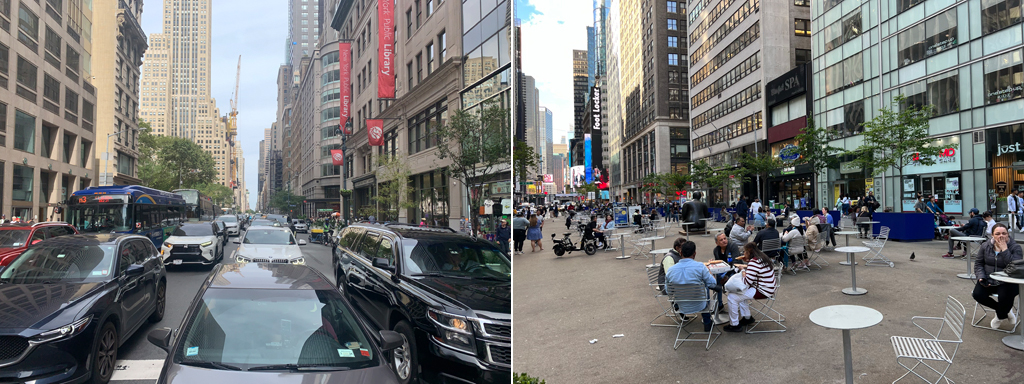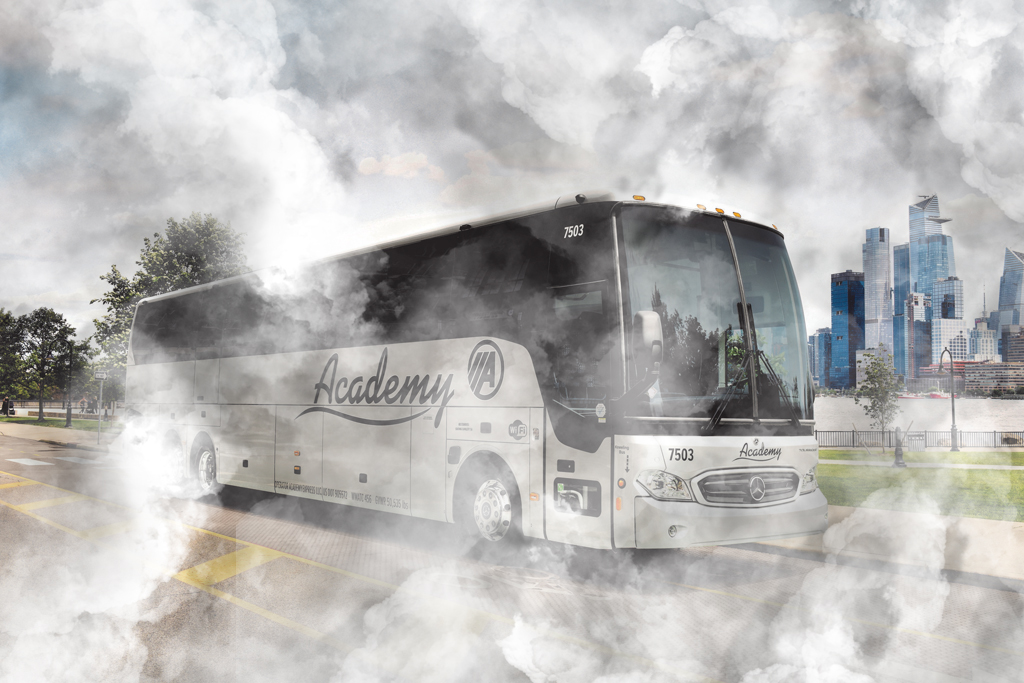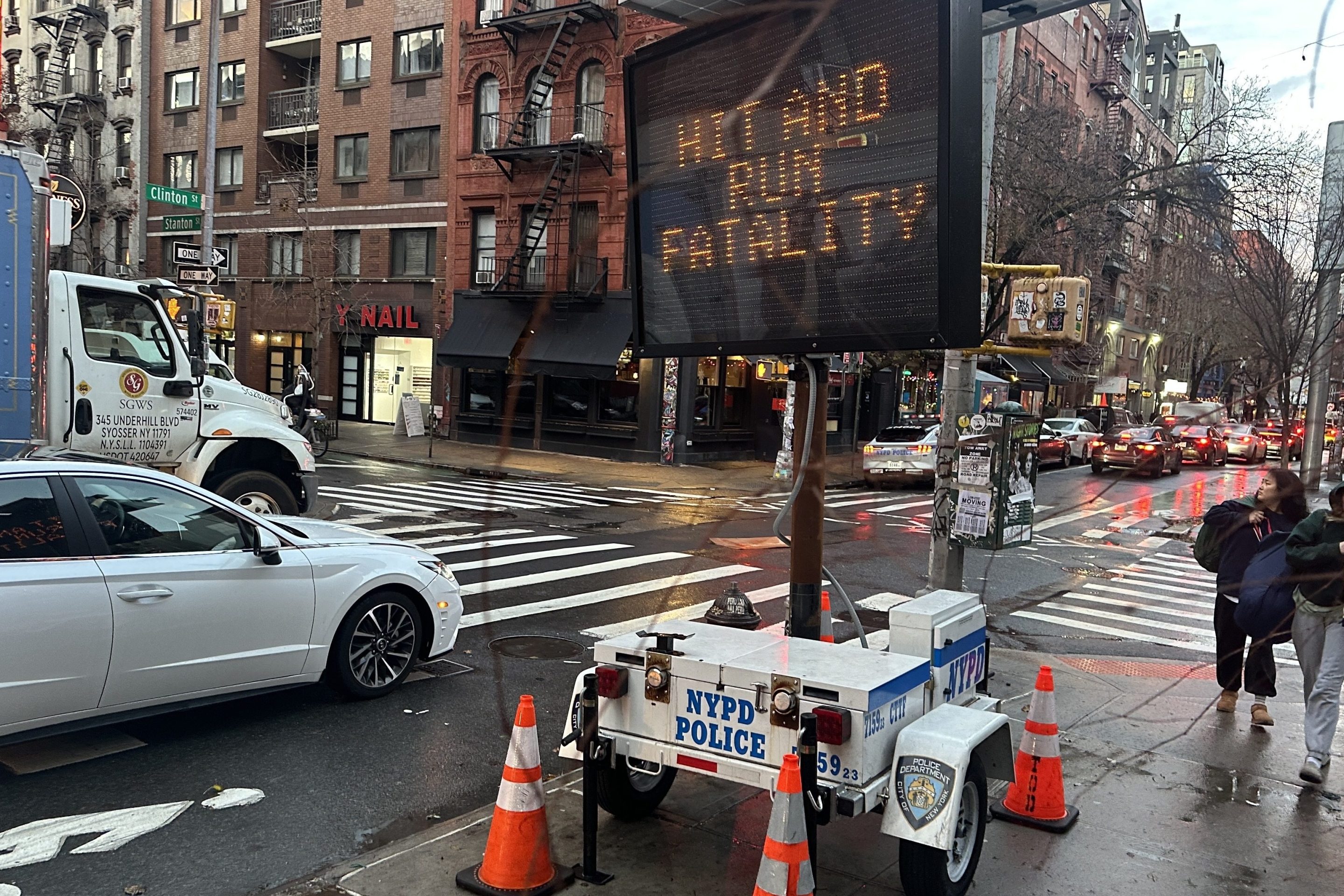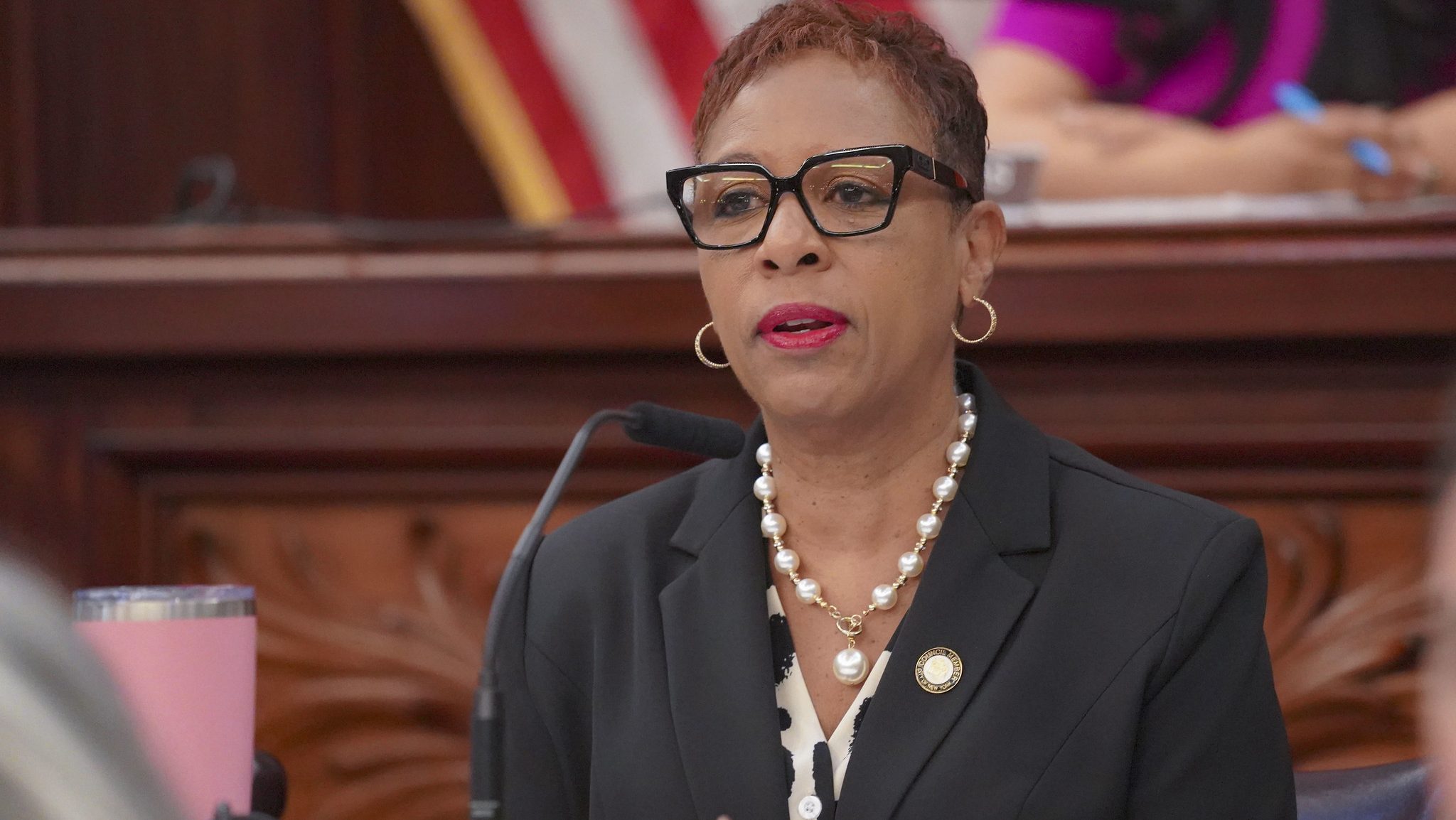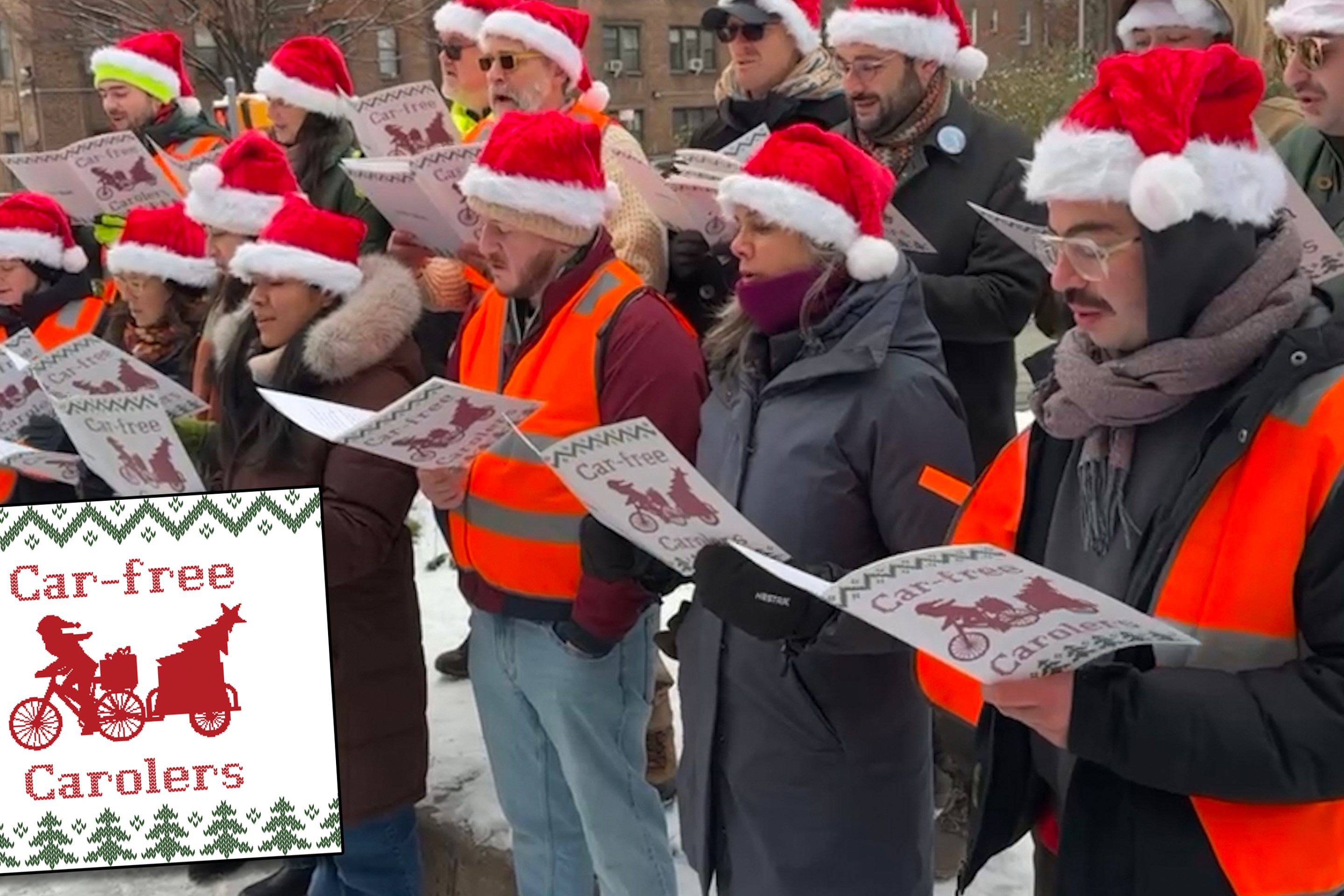Broadway and Fifth Avenue in Midtown are the iconic centers of New York City. Yet while Broadway continues to transform into a world class destination, becoming more pedestrian and bike friendly, Fifth Avenue struggles.
The world-famous roadway simply needs to adapt: Manhattan commercial real estate office vacancies are at an all time high and shoppers can order whatever they want online, so Fifth Avenue must change to attract New Yorkers. Mayor Adams can help immediately by widenening sidewalks and adding a protected bike lane.
The increased pedestrianization of Broadway in Times Square began in 2009 under Mayor Michael Bloomberg and became an “economic blockbuster,” as well as a safer place for pedestrians and motorists alike. Since then, Broadway in Midtown has been defined by bold ideas like pedestrian plazas, reducing traffic congestion, and the future possibility even of a linear park.
Fifth Avenue should learn from its neighbor to the west.
Fifth Avenue is one of the central shopping destinations of New York City and cuts through approximately 285 million square feet of office space. However, in 2021, just as the city Department of Transportation started working on creating a complete street that would put people first by expanding Fifth Avenue sidewalks, reducing thru-traffic, and installing a protected bike lane between 34th street and 59th street, then-Mayor Bill de Blasio pulled the plug.
The effort has since languished — and by undermining the pedestrian experience, this failure to change Fifth Avenue is sabotaging business interests and hurting the larger midtown post-pandemic recovery.
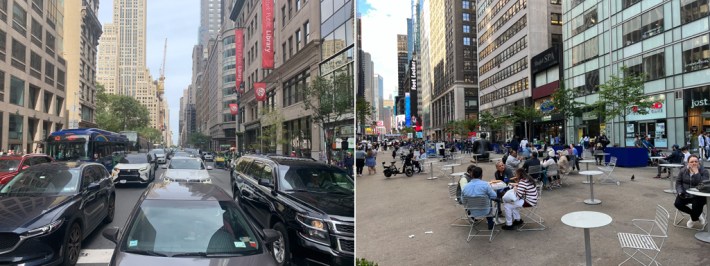
In a survey by Transportation Alternatives, 60 percent of the 163 respondents who visited Fifth Avenue for leisure indicated that the crowded sidewalks led to an unpleasant experience.

That unpleasantness encourages people to rush rather than linger, and works against leisurely shopping. In this new era, where pedestrians can easily avoid feeling harried and order everything they need with the click of a mouse, enhancing the pedestrian experience is essential for the success of business corridors. And business leaders around the world are responding, including Stroget in Copenhagen, the Champs-Elysees in Paris, Chuo-dori Avenue in Tokyo, and Broadway in New York City.
Of the 226 people surveyed on Fifth Avenue, only 3 percent of people (seven people total) reached Fifth Avenue by using a private car or ride share. Some 97 percent of people walked, used public transit, or cycled. The current street design does not support the needs of those people.
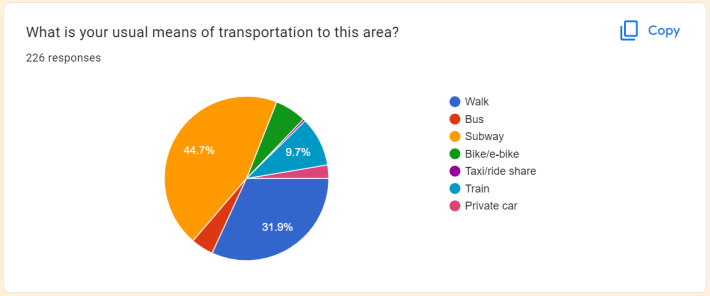
Finally, Fifth Avenue in Midtown has the greatest number of cyclists of any Manhattan corridor without a bike lane. Almost 70 percent of respondents indicated that they would be “more inclined” to cycle on Fifth Avenue with the addition of a protected bike lane. Unfortunately, the lack of safe infrastructure on Fifth Avenue creates dangerous conditions for cyclists. A protected lane would not only make Fifth Avenue safer, but it would also improve access to the corridor, as protected bike lanes have been shown to be favorable for business interests.
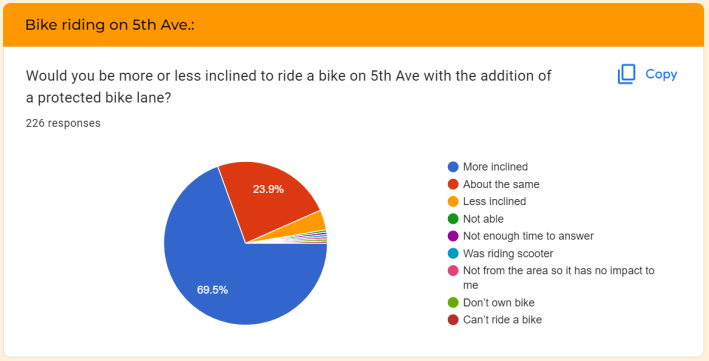
Given that the overwhelming number of people come to Fifth Avenue by walking, cycling, or using public transit, this is a case in which the interests of safety activists, the interests of business stakeholders, and the greater benefit to New York City are aligned. The case for widening the Fifth Avenue sidewalks and creating a protected bike lane is clear.
Delay hurts everyone.
